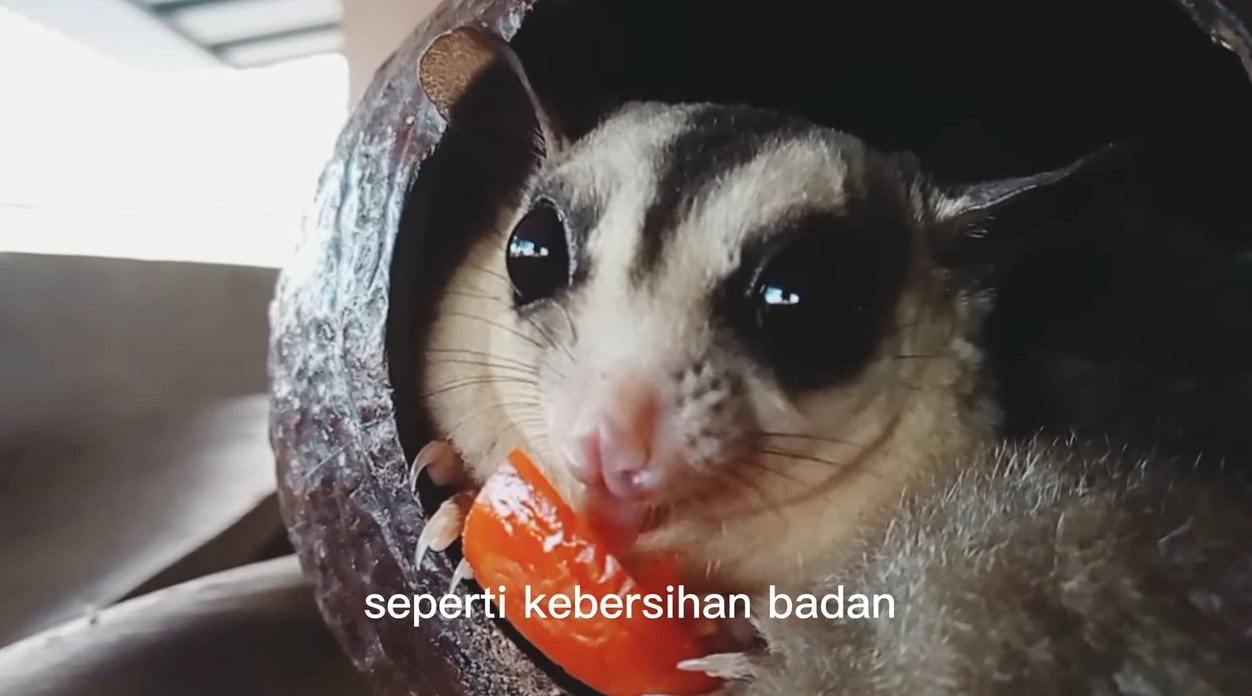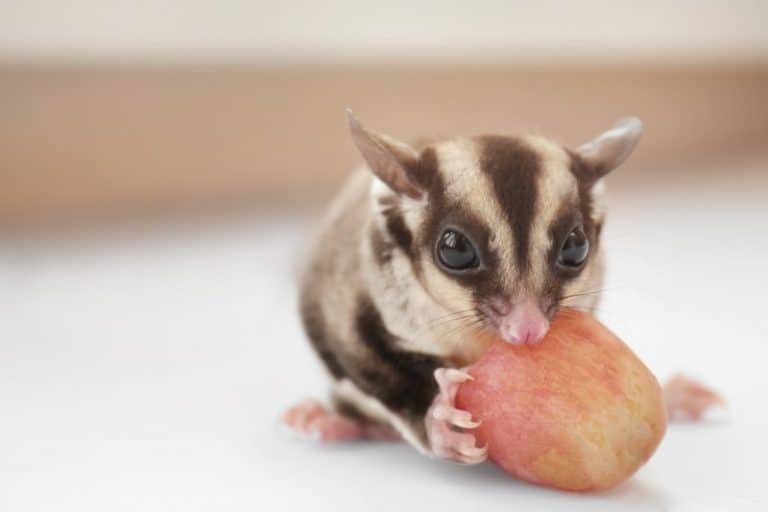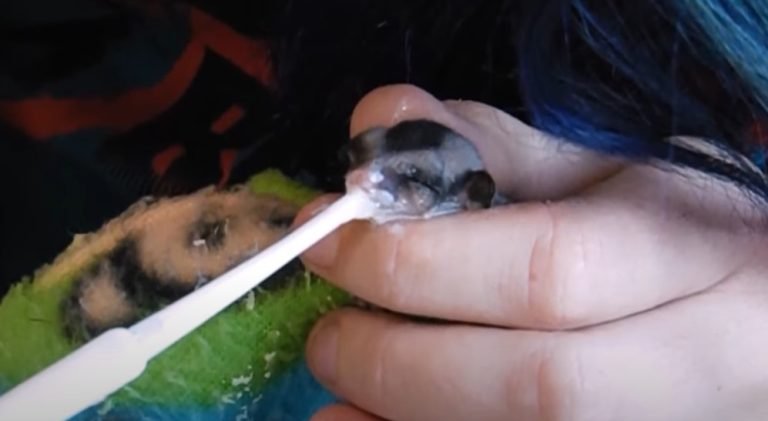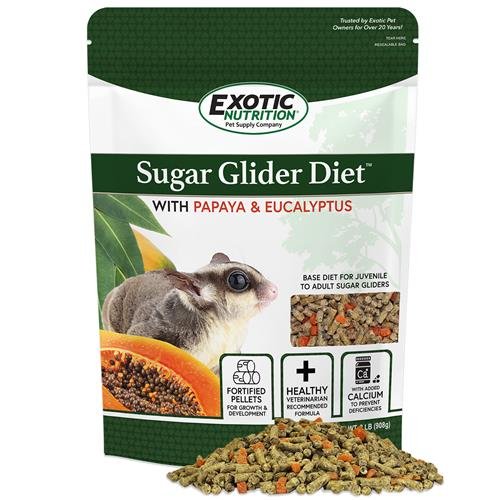How Often Do You Feed A Sugar Glider
How Often Do You Feed a Sugar Glider?
Are you a proud owner of a sugar glider? If so, one of the most important things to consider is their diet. These adorable little creatures have unique dietary needs, and knowing how often to feed them is crucial for their health and well-being. In this article, we will explore the ideal feeding schedule for sugar gliders and provide you with all the information you need to keep your furry friend happy and healthy.
Understanding the Natural Diet of Sugar Gliders
To understand how often to feed your sugar glider, it’s important to first understand their natural diet. In the wild, sugar gliders primarily feed on a combination of nectar, pollen, sap, and insects. They are also known to consume small amounts of fruits, vegetables, and even small birds or rodents. Therefore, a well-balanced diet for a pet sugar glider should mimic their natural diet as closely as possible.
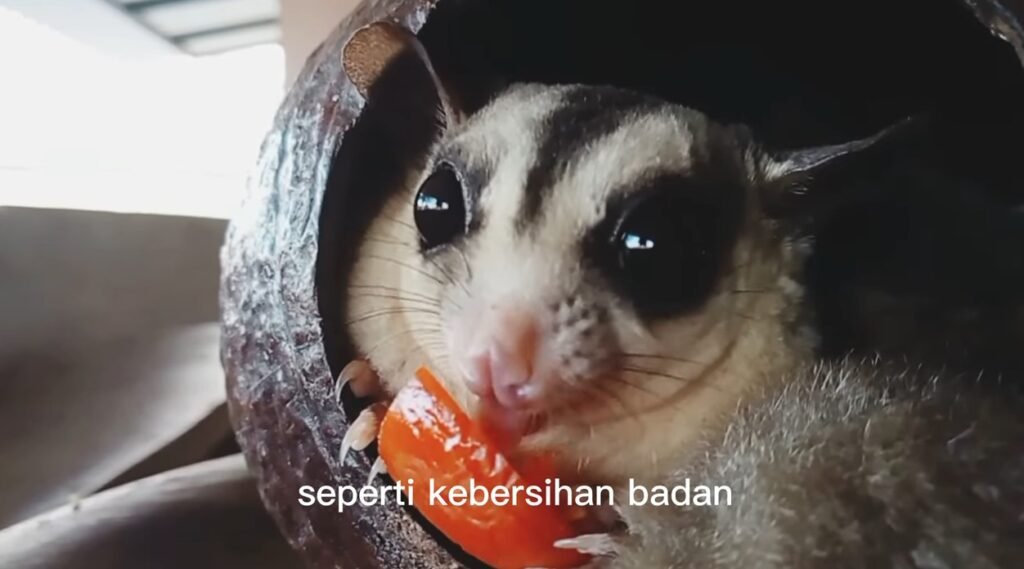
Key Nutritional Requirements
Sugar gliders have specific nutritional needs that must be met through their diet. Here are some of the key nutritional requirements for sugar gliders:
1. Protein: Sugar gliders need a diet rich in protein, as it is essential for their growth and overall health. Insects, such as crickets and mealworms, are an excellent source of protein for sugar gliders.
2. Fruits and Vegetables: While sugar gliders primarily rely on insects for protein, they also enjoy a variety of fruits and vegetables. These should make up a small portion of their diet and provide essential vitamins and minerals.
3. Calcium and Phosphorus: To maintain healthy bones and teeth, sugar gliders require a proper balance of calcium and phosphorus in their diet. Calcium can be found in powdered supplements or in calcium-rich foods like leafy greens and yogurt.
4. Vitamin D: Vitamin D is essential for the absorption of calcium. Sugar gliders can obtain vitamin D by being exposed to natural sunlight or through vitamin D supplements.
Feeding Schedule for Sugar Gliders
Now that you understand the nutritional requirements of sugar gliders, let’s delve into their feeding schedule. Here is a recommended feeding schedule for your sugar glider:
1. Nighttime Feedings
Sugar gliders are nocturnal creatures, meaning they are most active at night. Therefore, it is best to offer their main meal in the evening, as it aligns with their natural feeding patterns. At this time, provide them with a well-balanced meal that includes protein, fruits, vegetables, and calcium-rich foods.
2. Early Morning Snack
In addition to their main meal, sugar gliders should also be given a small snack in the early morning hours before they settle down to sleep. This snack can be a combination of fruits and vegetables, ensuring they receive a variety of nutrients.
3. Water Availability
It’s important to note that sugar gliders require constant access to fresh water. Make sure to provide them with a water source that is easily accessible in their enclosure. Use a water bottle with a sipper tube attachment to ensure they can stay hydrated throughout the night.
Frequently Asked Questions
Q: Can I free-feed my sugar glider?
A: While some pet owners choose to free-feed their sugar gliders, it is generally not recommended. Sugar gliders have a tendency to overeat if given unlimited access to food, which can lead to obesity and other health issues. It’s best to stick to a scheduled feeding routine to ensure they receive the appropriate amount of nutrients.
Q: How much should I feed my sugar glider?
A: The amount of food to feed a sugar glider depends on its age, size, and activity level. As a general guideline, offer them approximately 1-2 tablespoons of a nutritionally balanced diet each night. Monitor their weight and adjust the portion sizes accordingly.
Q: Can I feed my sugar glider human food?
A: While some human foods are safe for sugar gliders in small amounts, it’s essential to know which foods are safe and which are harmful. Avoid feeding them foods that are high in sugar, salt, or fat, as these can be detrimental to their health. Stick to a diet specifically formulated for sugar gliders to ensure they receive the appropriate nutrients.
Final Thoughts
Knowing how often to feed your sugar glider is crucial for their overall health and well-being. By understanding their natural diet and following a proper feeding schedule, you can ensure that your furry friend receives all the nutrients they need. Remember to monitor their weight and adjust portion sizes as necessary. Providing a balanced and nutritious diet will keep your sugar glider happy, healthy, and full of energy for years to come.

